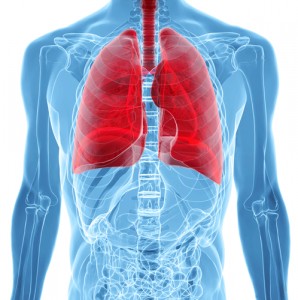New Merger Bolsters Development of Drug For Idiopathic Pulmonary Fibrosis, a Disease Associated With PH

 Although clinically unexplored, pulmonary hypertension (PH) in the setting of idiopathic pulmonary fibrosis (IPF) is a significant reality in many patients (32 to 85%).
Although clinically unexplored, pulmonary hypertension (PH) in the setting of idiopathic pulmonary fibrosis (IPF) is a significant reality in many patients (32 to 85%).
IPF is an irreversible disease in which progressive loss of lung function due to fibrosis occurs, diminishing the lung’s capacity to absorb oxygen and causing shortness of breath and deterioration in lung function.
Patients suffering from this disease have variable and unpredictable clinical courses where they go through periods of clinical stability followed by continued disease progression. IPF is often a lethal disease with a median survival time of 2 to 5 years following diagnosis, and typically occurring in patients over the age of 45.
[adrotate group=”4″]
It remains a challenge to diagnose underlying PH in the setting of IPF, since symptoms are nonspecific and secondary testing many times proves unrevealing.
Depending on the degree of severity, treatment of PH in patients with IPF can vary, ranging from phosphodiesterase-5 inhibitors, nonselective endothelin receptor antagonists and prostacyclin analogues, however, it can be a difficult challenge due to worsening ventilation-perfusion mismatch induced by selective pulmonary artery vasodilator therapy in these patients.
InterMune, Inc., a biotechnology company focused on the development of innovative therapies in pulmonology and orphan fibrotic diseases, has been developing a novel therapy called pirfenidone for the treatment of adults with mild to moderate IPF, a drug that was recently granted Breakthrough Therapy Designation from the U.S. Food and Drug Administration (FDA). This designation is given for drugs intended to treat a serious or life threatening disease where preliminary clinical evidence shows substantial improvement over existing therapies on one or more clinically significant endpoints.
Pirfenidone is an orally active, anti-fibrotic agent that inhibits the synthesis of TGF-beta, a potent cytokine controlling cell proliferation and differentiation, and TNF-alpha, a pro-inflammatory cytokine.
[adrotate group=”3″]
Back in 2011, pirfenidone was granted marketing authorization by the European Comission and in 2012 it was approved by Health Canada.
“The Breakthrough Therapy Designation underscores the significant need to help patients with this irreversible and ultimately fatal disease, particularly as no FDA-approved therapies are currently available. We are pleased that the FDA recognized the importance of pirfenidone as a potential new therapy for IPF, a disease with great unmet medical need.” Dan Welch, Chairman, Chief Executive Officer and President of InterMune said in a company press release.
The development of pirfenidone into advanced clinical trial phases has also been positively affected by a recent merger between Roche and InterMune, an $8.3 billion agreement.
Severin Schwan, CEO of Roche explained in an InterMune press release, “We are very pleased that we reached this agreement with InterMune. Our offer provides significant value to InterMune’s shareholders and this acquisition will complement Roche’s strengths in pulmonary therapy. We look forward to welcoming InterMune employees into the Roche Group and to making a difference for patients with idiopathic pulmonary fibrosis, a devastating disease.”
The combining efforts from pharmaceutical companies and researchers alike can prove to be crucial for the development of new therapies targeted at IPF patients that are also diagnosed with PH, since currently the functional status and disease prognosis in this population are critically reduced.







